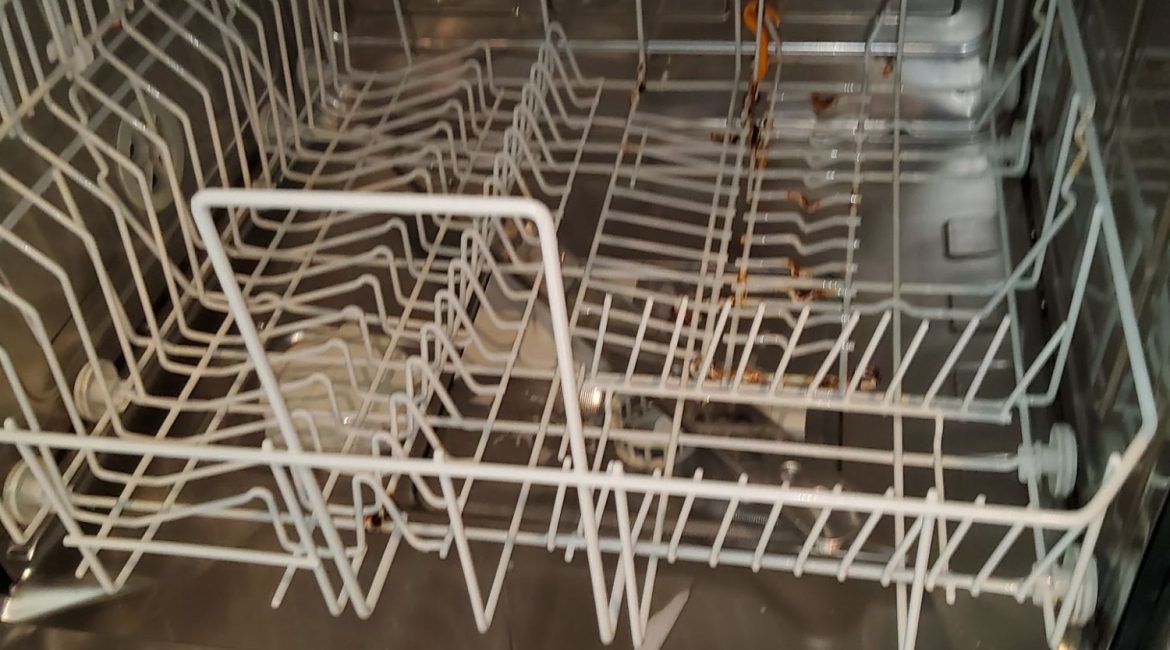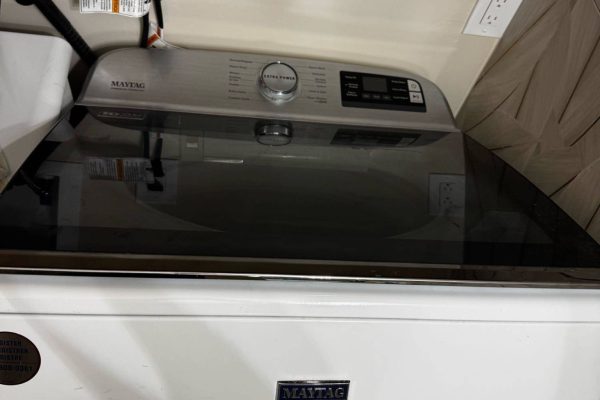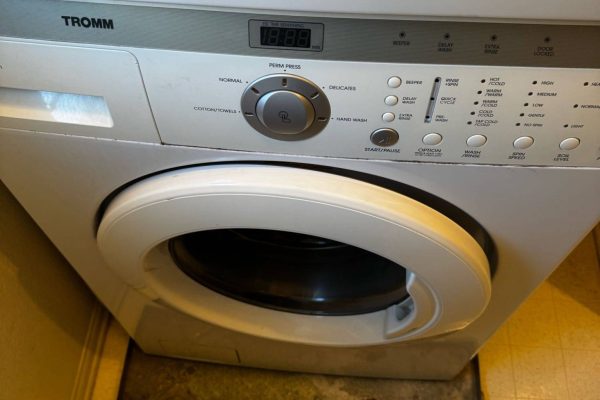A dishwasher is a modern convenience that saves time, energy, and water—until it suddenly stops cleaning properly. One of the most frustrating issues homeowners face is when the dishwasher doesn’t release detergent during the wash cycle. You may open the door after a cycle only to find detergent residue or an unopened detergent pod still sitting in the dispenser. This problem may seem minor, but it indicates an underlying mechanical or electrical fault that requires attention. Two of the most common causes are a jammed dispenser door or a faulty solenoid. Understanding these issues can help you troubleshoot the problem effectively and know when it’s time to call in the experts.
Why Detergent Release Is Crucial for Cleaning Performance
Your dishwasher’s detergent dispenser is timed to release detergent at a specific stage in the wash cycle. This ensures the detergent mixes properly with the hot water to break down grease, food residue, and bacteria. If the dispenser doesn’t open, your dishes are washed with plain water—leaving spots, grease, and debris behind.
The problem can originate from either a mechanical blockage preventing the door from opening or an electrical malfunction that disrupts the timing signal from the control board. Let’s look deeper into each potential cause.
Jammed Dispenser Door: The Mechanical Culprit
A jammed dispenser door is one of the most common and straightforward causes. Over time, detergent residue, grease, and mineral buildup can accumulate around the edges of the dispenser door. This residue can dry and harden, making the door stick.
Common reasons for a jammed door include:
- Detergent buildup: Powdered detergent can clump in humid conditions, creating blockages.
- Overfilled dispenser: Adding too much detergent can cause the door to struggle to open fully.
- Obstructions: Utensils, pots, or pans may physically block the door from opening.
- Worn or misaligned latch: The latch mechanism can wear out or become misaligned, preventing proper release.
How to check and fix it:
Inspect the detergent dispenser for dried residue or debris. Clean it with warm water and a soft brush to remove buildup. Avoid overfilling the dispenser and ensure that dishes or utensils aren’t positioned in front of it during loading.
If you notice the door still sticks after cleaning, the latch or spring mechanism might be damaged and will need replacement. This type of repair usually requires the help of a professional technician to ensure the part is properly aligned and installed.
Faulty Solenoid: The Electrical Component Behind the Problem
The solenoid is an electrical component that helps trigger the dispenser door to open at the correct time in the wash cycle. It receives signals from the dishwasher’s control board. When the solenoid is defective or the control signal is interrupted, the dispenser door fails to open, leaving detergent trapped.
Signs of a faulty solenoid include:
- The dispenser door never opens, even after cleaning and mechanical inspection.
- The dishwasher completes cycles but detergent remains unused.
- You may hear the machine operating normally but notice reduced cleaning effectiveness.
Diagnosing a faulty solenoid:
To confirm a solenoid issue, a technician will test it for electrical continuity. If the solenoid doesn’t show continuity, it’s no longer functional and must be replaced. Sometimes, the solenoid may not be the root cause—the issue could be with the control board not sending the right signal.
Important note: Because this repair involves electrical testing and replacement of internal components, it’s not advisable to attempt a DIY fix. Improper handling could lead to further damage or safety risks.
Other Contributing Factors
While a jammed door or faulty solenoid are the most common culprits, other factors can also prevent detergent from being released effectively:
- Water Temperature: If the water entering the dishwasher is too cold, the detergent might not dissolve properly even if the door opens.
- Blocked Spray Arms: Insufficient water circulation can prevent detergent from dispersing throughout the tub.
- Worn Control Board: A malfunctioning control board might fail to send the signal that releases detergent.
- Old or Poor-Quality Detergent: Using expired or low-quality detergent can result in incomplete dissolution or clumping.
Preventive Maintenance Tips
Regular maintenance can help you avoid detergent dispenser issues:
- Clean the dispenser monthly to remove any buildup.
- Use high-quality detergent and store it in a dry place to prevent clumping.
- Load the dishwasher properly—avoid placing tall dishes or utensils in front of the dispenser.
- Run hot water at your kitchen sink before starting the dishwasher to ensure the initial fill is hot enough.
- Schedule regular inspections with a trusted appliance repair service to keep all electrical components in good condition.
When to Call a Professional
If cleaning and proper loading don’t solve the issue, or if the dispenser still fails to open, it’s time to call a qualified technician. Professionals can quickly diagnose whether the issue lies with the solenoid, latch, or control board and make safe, lasting repairs.
Ignoring the problem can lead to more serious issues, such as poor cleaning performance, higher energy usage, or even electrical malfunctions that affect the entire appliance.
Reliable Dishwasher Repair in Poway
When your dishwasher isn’t releasing detergent, don’t waste time trying to guess the cause. Contact Poway Appliance Repair Service Center. Our experienced technicians specialize in diagnosing and repairing all types of dishwasher issues, from jammed dispenser doors to faulty solenoids and control board malfunctions.
We offer fast, affordable, and professional repair services to restore your appliance to peak performance.
Call Poway Appliance Repair Service Center today—let our experts handle the problem so you can get back to spotless dishes and stress-free cleaning.
Contact us


